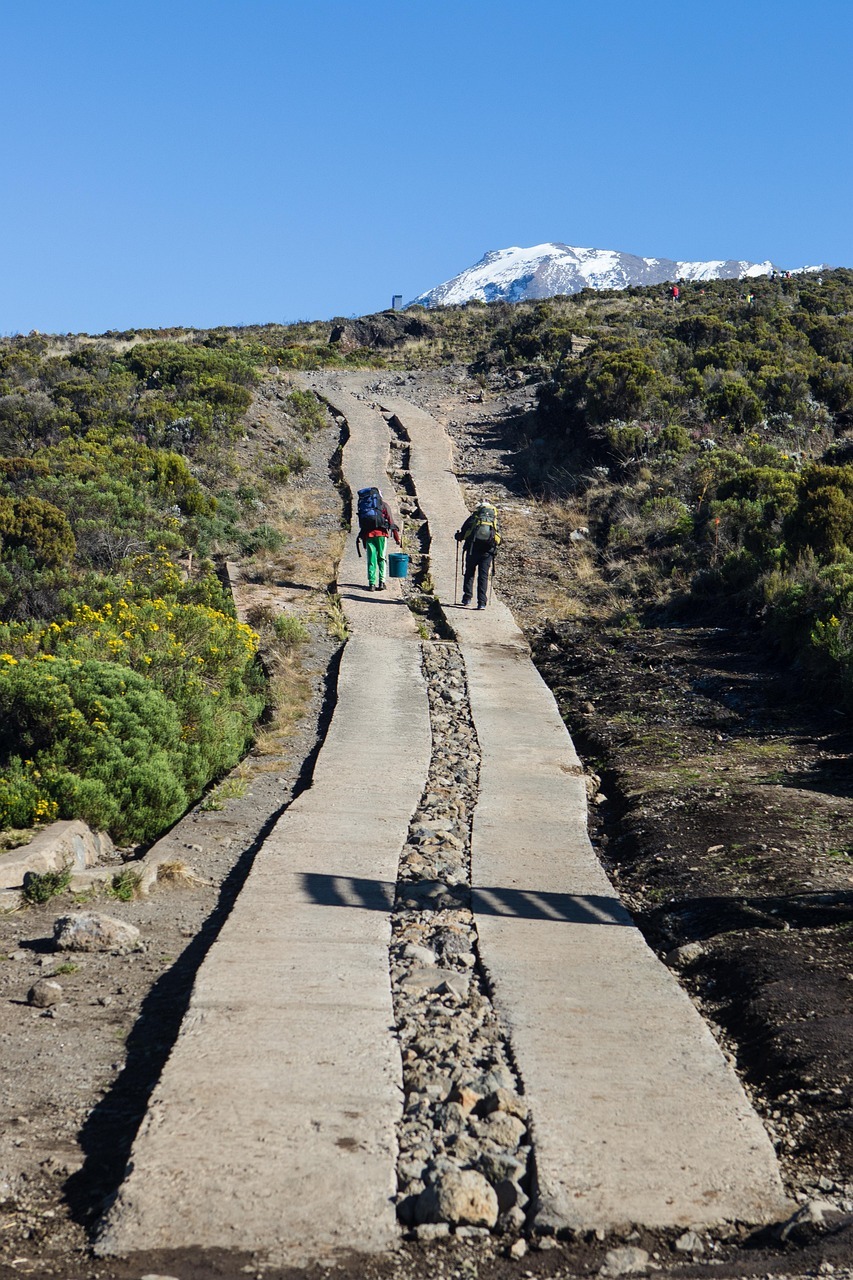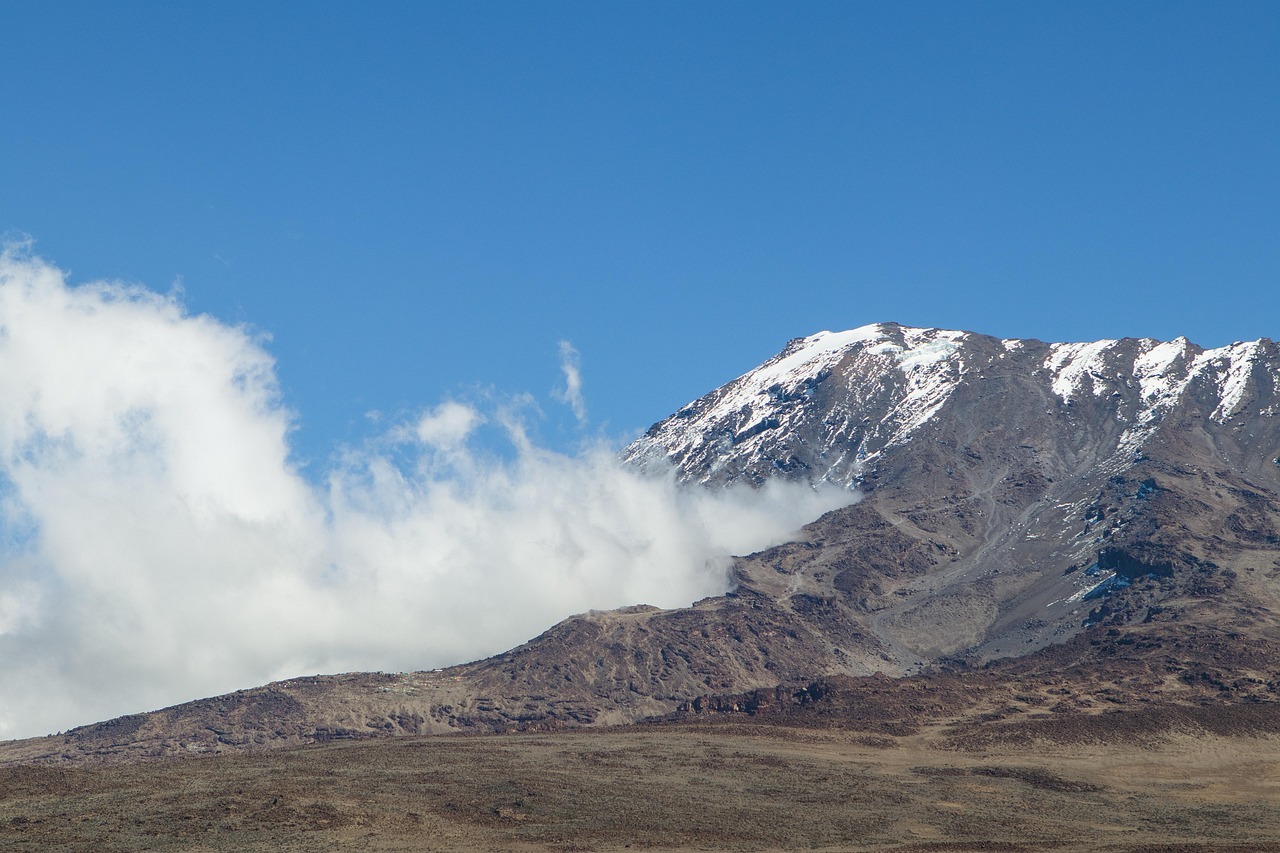Price
$4400
Duration
10 days
Max People
20
Reviews
No reviews yetOverview
This 10-day adventure blends the thrill of summiting Africa’s tallest peak with the raw beauty of Tanzania’s famous safari parks. Begin with the legendary Marangu Route up Mount Kilimanjaro—lush rainforests, alpine deserts, and the ultimate sunrise from Uhuru Peak. After your trek, unwind with unforgettable game drives through Tarangire, Ngorongoro Crater, and optional Lake Manyara. It’s the perfect balance of challenge and reward for adventure-loving travelers.
Why Choose This Package?
✔️ Summit & Safari in One – Conquer Kilimanjaro, then relax on world-class safaris.
✔️ Unforgettable Landscapes – From glaciers to craters and baobab forests.
✔️ Acclimatized & Supported – Extra day on the mountain increases summit success.
✔️ Private Safari Experiences – Exclusive game drives tailored to your pace.
✔️ Mid-Range Comfort – Handpicked lodges and cozy mountain huts.
What's included and excluded:
- Private safari vehicle
- Professional guide
- Game drives as stated on the itinerary
- All accommodations
- Meals as stated on the itinerary
- Park fees, taxes, and transfers
- Refreshments
- Domestic flights where applicable
- International Flights
- Visa fees
- Travel insurance (mandatory)
- Personal expenses and tips
- Balloon Safari ($600 pp)
- Government imposed increase of taxes and/or park fees
Itinerary
Day 1 – Arrival in Arusha
Welcome to Arusha
Arrive at Kilimanjaro International Airport and enjoy a private transfer to your lodge. Relax with a massage or take an optional coffee plantation tour to ease into the journey.
🏨 Stay: Planet Lodge Arusha
🍽️ Meals: Bed & Breakfast
Day 2 – Marangu Gate to Mandara Hut
Trek Begins: Marangu Gate to Mandara Hut
Kick off your Kilimanjaro trek with a scenic drive to Marangu Gate (1,860m). Register, meet your guides, and hike through lush rainforest to Mandara Hut (2,700m).
🥾 Distance: ~8 km / 4–5 hrs
🏨 Stay: Mandara Hut (basic dorm)
🍽️ Meals: Breakfast, Lunch, Dinner
Day 3 – Mandara Hut to Horombo Hut
Mandara to Horombo Hut (Moorland Views)
Ascend through moorland vegetation to reach Horombo Hut (3,720m), where sweeping views of Mawenzi and Kibo peaks await.
🥾 Distance: ~12 km / 6–8 hrs
🏨 Stay: Horombo Hut
🍽️ Meals: Breakfast, Lunch, Dinner
Day 4 – Acclimatization Day at Horombo Hut
Acclimatization at Horombo
Take it slow today with an optional acclimatization hike to Zebra Rocks (3,980m). A restful day to adjust and prepare for the summit push.
🍽️ Meals: Breakfast, Lunch, Dinner
Day 5 – Horombo to Kibo Hut
Horombo to Kibo Hut (Alpine Desert Zone)
Hike through the haunting beauty of alpine desert to Kibo Hut (4,700m), your base before the summit attempt. Early dinner and rest.
🥾 Distance: ~10 km / 5–7 hrs
🏨 Stay: Kibo Hut
🍽️ Meals: Breakfast, Lunch, Dinner
Day 6 – Summit Day! Kibo → Uhuru Peak → Horombo Hut
Summit Day! Uhuru Peak (5,895m)
Begin your summit push just after midnight. Reach Gilman’s Point at sunrise, then press on to Uhuru Peak—the Roof of Africa! Descend to Horombo Hut for a well-earned rest.
🥾 Duration: 12–15 hrs total
🍽️ Meals: Breakfast, Lunch, Dinner
Day 7 – Horombo to Marangu Gate & Transfer to Arusha
Return to Arusha
Descend through the forest to Marangu Gate. Celebrate your success and receive your summit certificate. Transfer back to Arusha for a relaxed evening.
🥾 Distance: ~20 km / 5–7 hrs
🏨 Stay: Planet Lodge Arusha
🍽️ Meals: Breakfast, Lunch
Day 8 – Tarangire National Park
Tarangire National Park Safari
Head to Tarangire for a private game drive among towering baobabs and elephant herds. Relax at a beautiful lodge with sunset views.
🏨 Stay: Maramboi Tented Lodge
🍽️ Meals: Breakfast, Lunch, Dinner
🌅 Optional sundowner experience available
Day 9 – Ngorongoro Crater Safari
Ngorongoro Crater Expedition
Descend into the Ngorongoro Crater for a full-day safari. Expect Big Five sightings and breathtaking scenery. Enjoy a picnic lunch on the crater floor.
🏨 Stay: Ngorongoro Farm House
🍽️ Meals: Breakfast, Lunch, Dinner
Day 10 – Lake Manyara or Return & Departure
Lake Manyara or Departure
Choose an optional morning game drive in Lake Manyara (famous for flamingos and tree-climbing lions) or head straight to Arusha/Kilimanjaro for your departure flight.
🍽️ Meals: Breakfast








